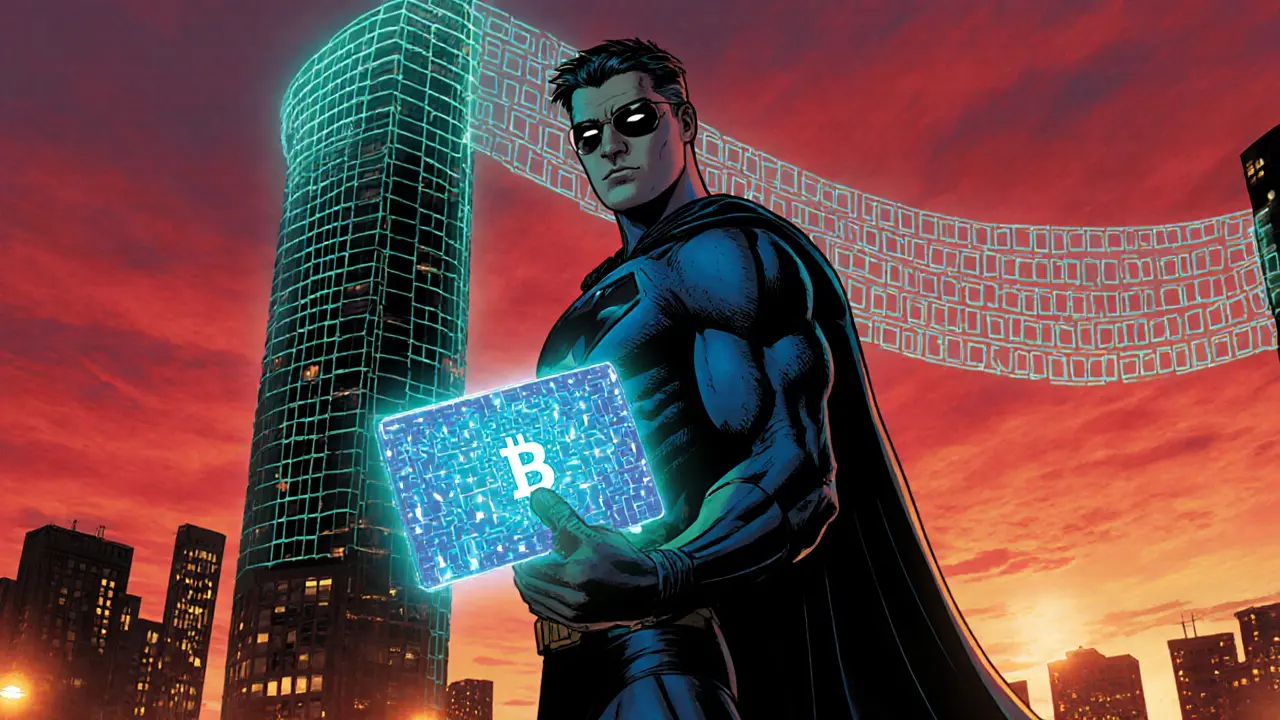How Blockchain Credentials Are Changing Professional Certification
Learn how blockchain credentials turn diplomas and professional certificates into tamper‑proof digital badges, why they boost trust, and how you can start using them today.
When working with Blockchain Credentials, digital records that prove a skill, degree, or achievement stored on a blockchain. Also known as crypto certificates, they let anyone verify authenticity without a middleman. This approach builds on Digital Certificates, electronic versions of diplomas or badges that can be shared online and relies on Decentralized Verification, a method where trust comes from the network rather than a single authority. The result is a tamper‑proof badge you can paste on a résumé, a portfolio, or a hiring platform, and the verifier instantly sees a cryptographic proof that the claim is legit.
Behind every blockchain credential sits a Smart Contract, self‑executing code that records issuance, revocation, and validation events on chain. When an institution issues a badge, the contract writes a timestamped entry that can never be altered. If a learner completes a new module, the same contract updates the record automatically, creating a living transcript of achievements. Because the logic lives on the blockchain, no single party can cheat the system, and auditors can trace every change back to its source.
For employers and licensing bodies, this means instant confidence in the data they receive. Instead of calling a university or waiting for a PDF verification, they query the public ledger, check the cryptographic signature, and move on. The speed and cost savings are especially noticeable in industries with high turnover or global workforces, where traditional credential checks can take weeks and cost hundreds of dollars.
From the learner’s side, blockchain credentials turn a static diploma into a dynamic portfolio. A professional can add micro‑credentials, hackathon wins, or compliance trainings as separate badges, each backed by its own smart contract. Because each badge carries its own verification data, the whole collection stays interoperable across platforms, from LinkedIn to specialized talent marketplaces.
All of this ties back to the broader concept of Professional Certification, the formal recognition of skills or knowledge by an accredited body. Traditional certificates often get lost, forged, or become outdated. By anchoring certification to blockchain credentials, institutions preserve the integrity of their brand while giving graduates a portable, future‑proof proof of competence. The shift also opens doors for new providers—bootcamps, NGOs, or corporate training teams—to issue recognized badges without building their own verification infrastructure.
In the sections below you’ll find deep dives into how blockchain credentials are reshaping the certification landscape, step‑by‑step guides for issuing your own digital badges, and case studies from universities and enterprises that have already made the switch. Whether you’re an educator, a hiring manager, or a lifelong learner, the articles ahead spell out practical ways to adopt this technology today.

Learn how blockchain credentials turn diplomas and professional certificates into tamper‑proof digital badges, why they boost trust, and how you can start using them today.